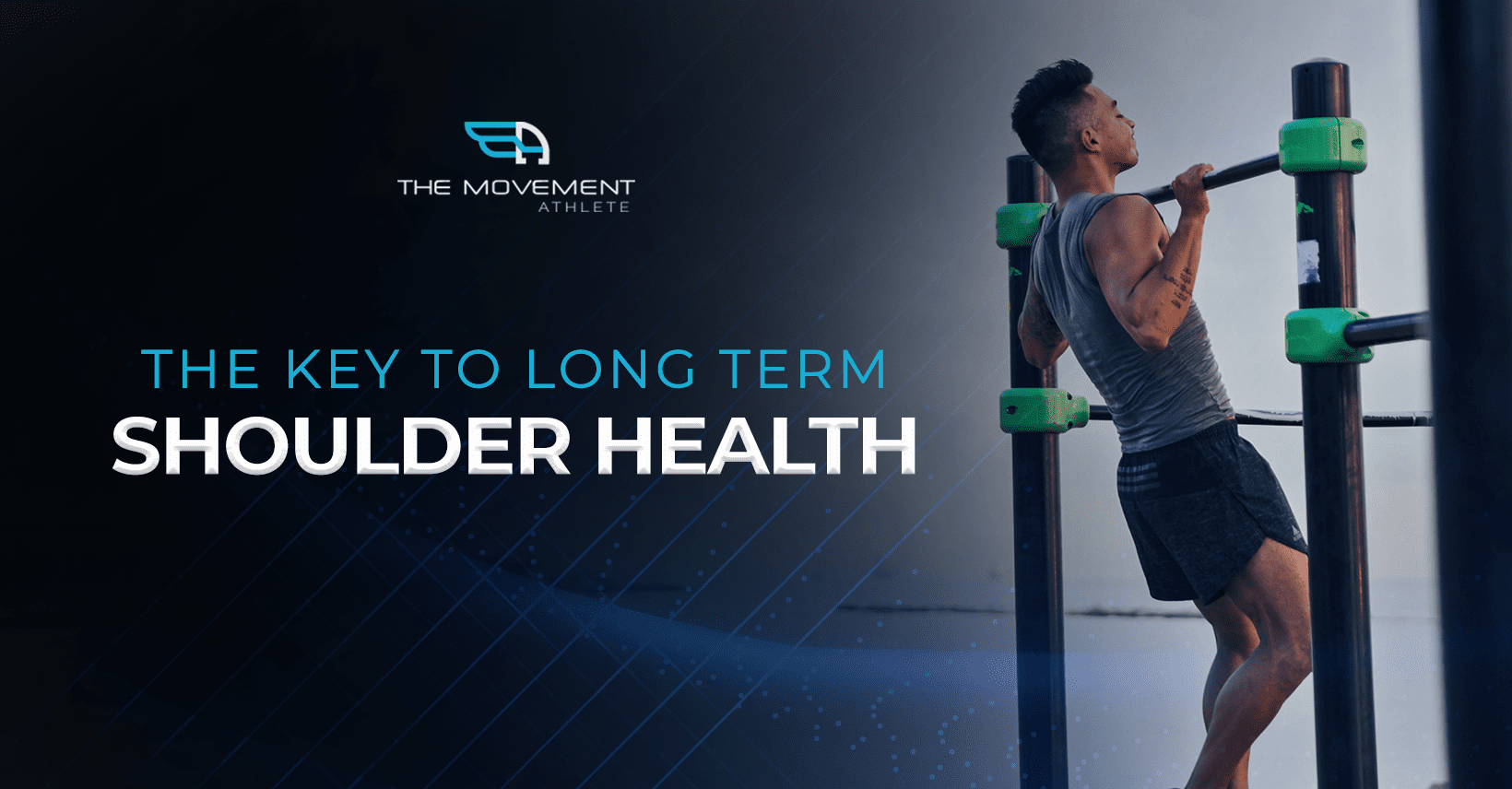
Join the tribe of Movement & Calisthenics Athletes - people just like you that are working with their own body weight to get strength, lose fat build muscle, recover from injuries and live their best lives!
All joint dysfunctions are categorised as such because they are incapable of expressing the required range of movement for the person in question. So a dysfunction of the shoulder joint would simply be a shoulder which is not functional or fit for purpose.
A very elderly person who can flex their shoulder to more than 90 degrees is doing great, considering that most people if that age do not partake in functions which require more. So we would call a joint which shows that level of mobility functional for the person, providing there is also an absence of pain.
However, 90 degrees shoulder flexion for a 28 year old calisthenics athlete who likes to train handstands is definitely not sufficient – we would call that joint dysfunctional, because it can’t offer the 180 degree flexion we need.
So it’s hugely important not just to assess oneself for healthy joint ranges and biomechanics, but also to understand what level of mobility you require exactly for your own specific functions.
👉We don’t need to achieve mobility or range of motion for the sake of it. Long hamstrings give us great advantages for using our legs in extreme ranges, but what is the use of that to someone who is mostly sedentary? The same applies for any range of mobility which doesn’t match function – you only need what you need. If you already have it, you’re healthy and functional!
A lot of us however are not sedentary and are quite active in life in general, as well as following our own training programmes and goals.
Say you’re working on fixing a pain point or faulty biomechanics – this is called Rehabilitation or Corrective Exercise.
Then if you’re maintaining and caring for your joints to avoid any future injuries, that’s slightly different – we call that ‘Pre-habilitation’.
Finally, if you’re adapting your joints to perform better for sport or training, we call this End-range conditioning. We’re adapting the joints and biomechanics for more extreme conditions.
So, at any stage of life we may need to enter into one of these modes of joint training, depending on the present status of joint health and also bearing in mind our physical goals. The process for improving all of those situations is thankfully not too different!
The main things we need to do to look after our shoulders are:
✅ getting regular professional or self-assessment
✅ getting manual therapy (as and when needed)
✅ having a daily self-care and maintenance routine
✅ working on proven methodologies for rehab, prehab or functional training
Ricky Warren’s system for mobility includes all of the above aspects, helping the client to first assess exactly what is going on for themselves and then move on to the appropriate module for their functional needs.
We are so excited to be able to share Ricky’s knowledge and self-help system with you via our upcoming online mobility course Bulletproof Shoulders, which offers a comprehensive and detailed methodology for assessing and training your own mobility using the latest sport science techniques.
